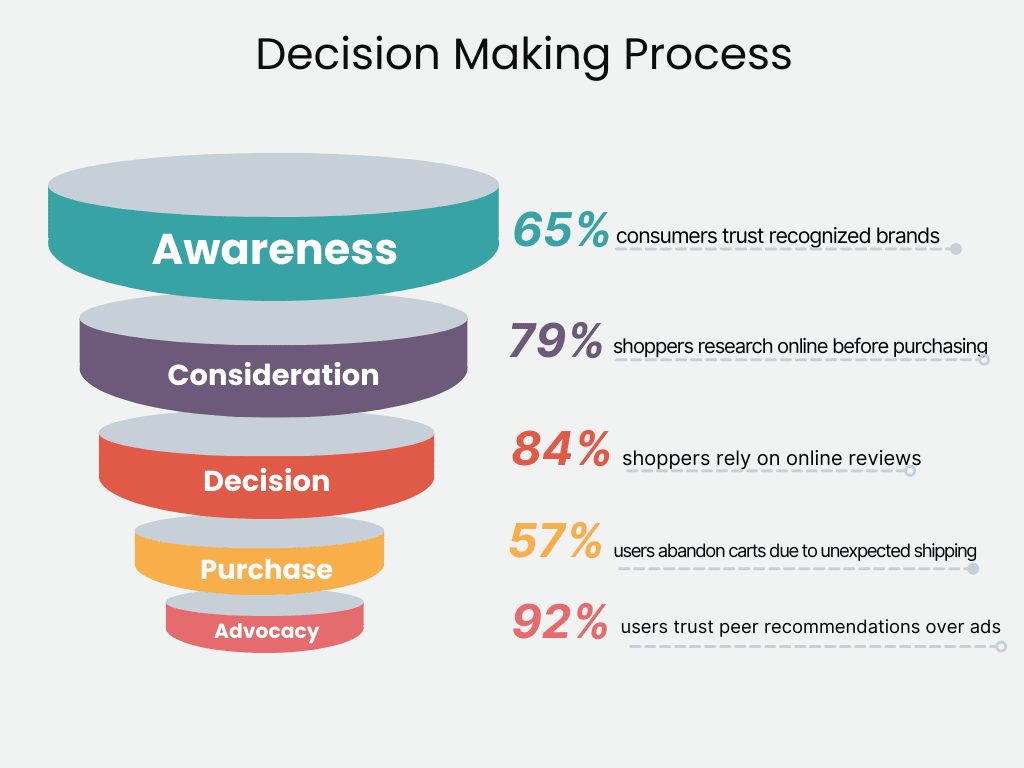What Is The Decision Making Process In Business
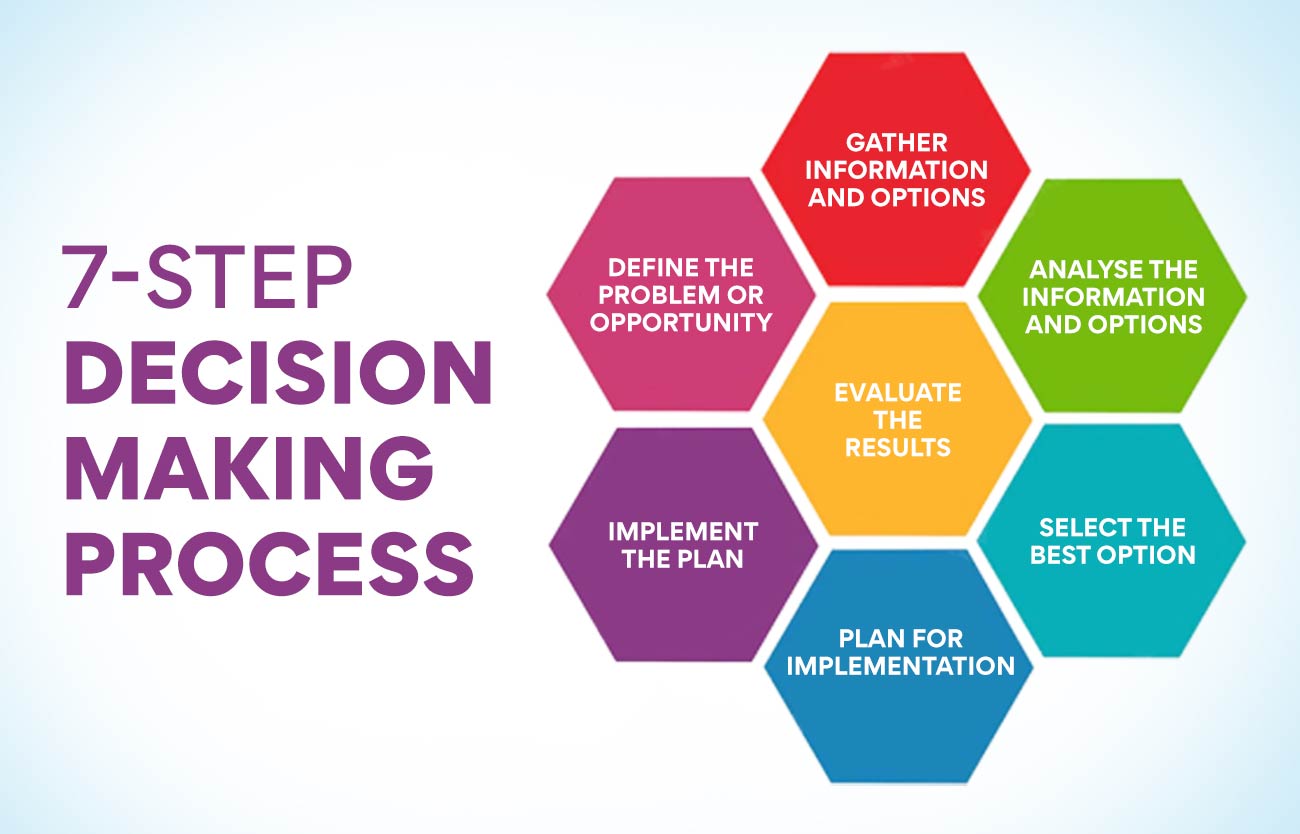
In today's dynamic business landscape, where markets shift in the blink of an eye and competition intensifies daily, the quality of decisions often determines an organization's fate. From strategic investments to operational adjustments, every choice carries significant weight. Understanding the decision-making process is no longer a luxury but a necessity for survival and sustained success.
The decision-making process in business is a systematic approach organizations use to identify problems, evaluate alternatives, and select the best course of action. This process, encompassing both rational analysis and intuitive judgment, aims to minimize risk and maximize opportunities. It’s not merely a sequence of steps, but a continuous cycle of learning, adaptation, and refinement, influenced by internal factors like company culture and external factors like market trends.
Identifying the Problem
The first step in any effective decision-making process is accurately identifying the problem. This involves a thorough assessment of the current situation. Data collection and analysis, often through market research or internal performance reports, are crucial at this stage.
Organizations often employ tools like SWOT analysis (Strengths, Weaknesses, Opportunities, Threats) to gain a clear understanding of the challenges they face. Misdiagnosing the problem can lead to ineffective or even detrimental solutions.
Gathering Information
Once the problem is defined, the next step is to gather relevant information. This includes internal data, such as sales figures and employee feedback, as well as external data, such as market trends and competitor analysis.
Accessing reliable and up-to-date information is crucial for making informed decisions. According to a McKinsey report, companies that prioritize data-driven decision-making are significantly more likely to achieve above-average profitability.
Developing Alternatives
With a solid understanding of the problem and available information, the next phase involves generating potential solutions. This should be a creative and collaborative process, encouraging diverse perspectives.
Brainstorming sessions, focus groups, and consultations with experts can help in developing a wide range of alternatives. The goal is to explore as many possibilities as possible before narrowing down the options.
Evaluating Alternatives
Each proposed solution must be rigorously evaluated based on predetermined criteria. These criteria may include cost, feasibility, potential return on investment, and alignment with the company's strategic goals.
Techniques like cost-benefit analysis and risk assessment are often used to assess the viability of each alternative. Quantifiable data should support the evaluation process to minimize bias and ensure objectivity.
Choosing the Best Alternative
After evaluating all the options, the next step is to select the best course of action. This decision should be based on the evaluation criteria and the organization’s risk tolerance.
The chosen alternative should be the one that best addresses the identified problem and aligns with the company's overall objectives. Sometimes, a combination of different alternatives might prove to be the most effective solution.
Implementing the Decision
Selecting a solution is only half the battle; successful implementation is equally crucial. This involves developing a detailed plan, assigning responsibilities, and allocating resources.
Effective communication and clear instructions are essential for ensuring that everyone involved understands their role in the implementation process. A well-defined timeline and regular progress monitoring are also vital for staying on track.
Evaluating the Outcome
The final step is to evaluate the outcome of the decision. This involves measuring the results against the predetermined goals and objectives.
Did the decision solve the problem? Were there any unintended consequences? The feedback from this evaluation should be used to improve future decision-making processes.
According to research by Harvard Business Review, organizations that consistently evaluate their decisions are better equipped to adapt to changing circumstances and improve their overall performance.
The Role of Intuition
While a structured, data-driven approach is essential, the role of intuition should not be overlooked. Experienced leaders often rely on their gut feelings, especially in situations where data is limited or ambiguous.
Intuition, however, should not be a substitute for rigorous analysis. It should be used as a complement to the rational decision-making process.
Future Trends
Looking ahead, technology will continue to play an increasingly important role in business decision-making. Artificial intelligence (AI) and machine learning are already being used to analyze vast amounts of data and identify patterns that humans might miss.
Furthermore, the rise of collaborative decision-making platforms is enabling organizations to tap into the collective intelligence of their employees. The future of decision-making will likely be a blend of human expertise and technological capabilities.
"The greatest danger in times of turbulence is not the turbulence – it is to act with yesterday’s logic." - Peter Drucker, Management Consultant
In conclusion, the decision-making process in business is a multifaceted and evolving discipline. By understanding and applying the principles outlined above, organizations can improve their chances of making sound decisions and achieving sustained success in today's competitive environment. Embracing both rational analysis and intuitive judgment, while adapting to technological advancements, will be key to navigating the complexities of the future.
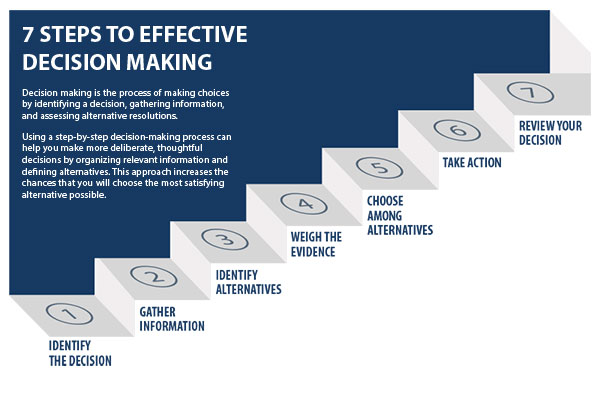
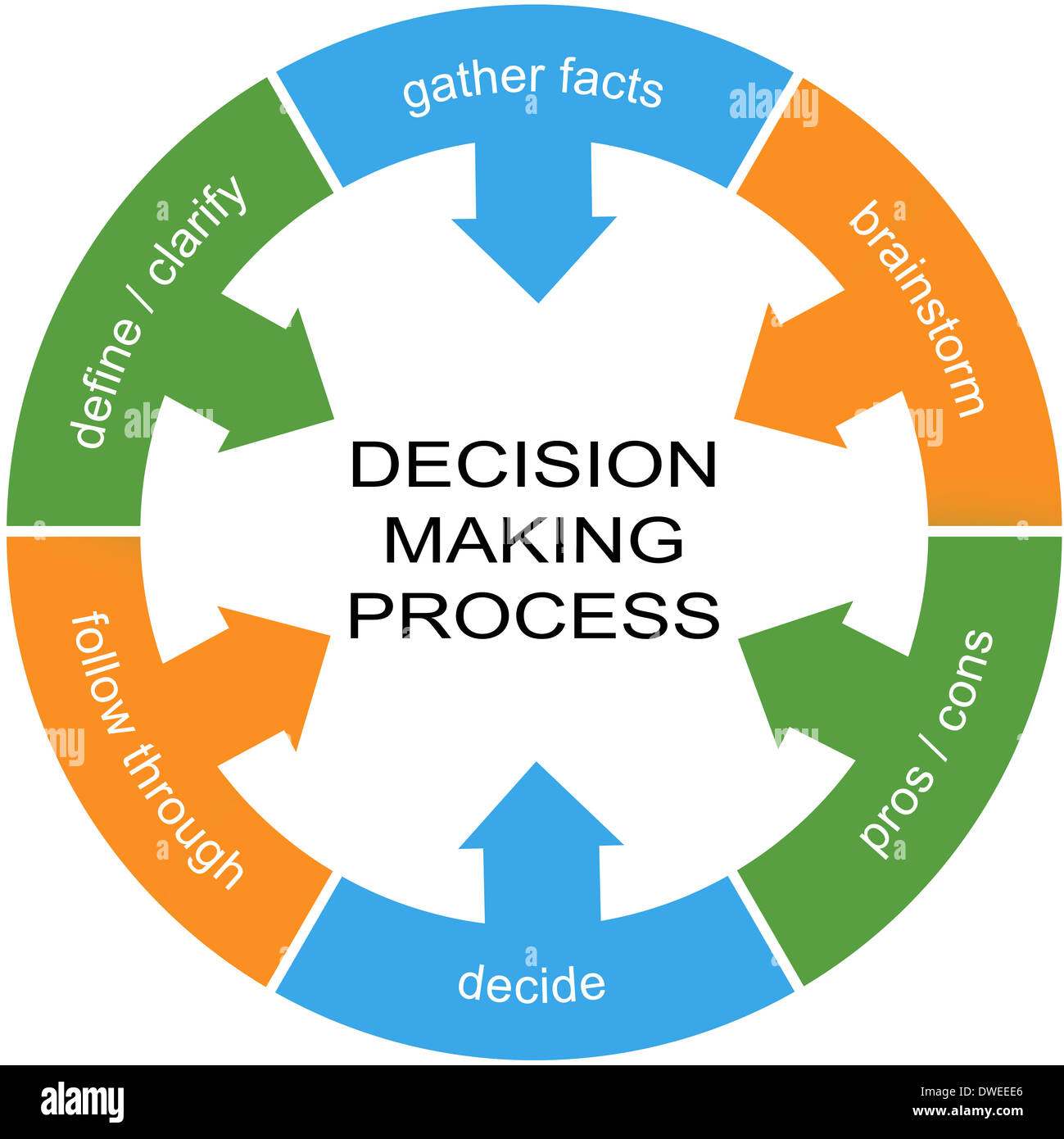
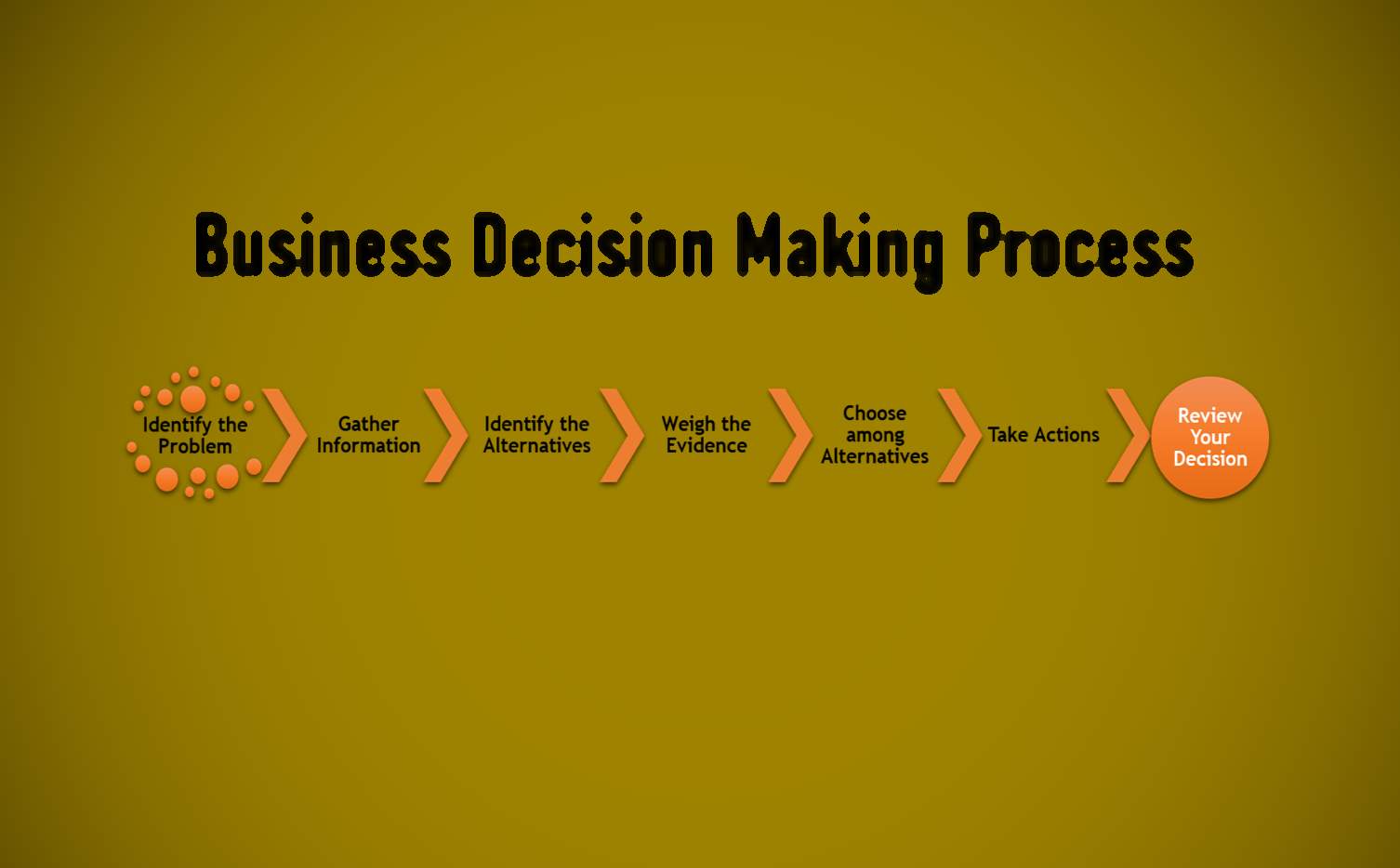
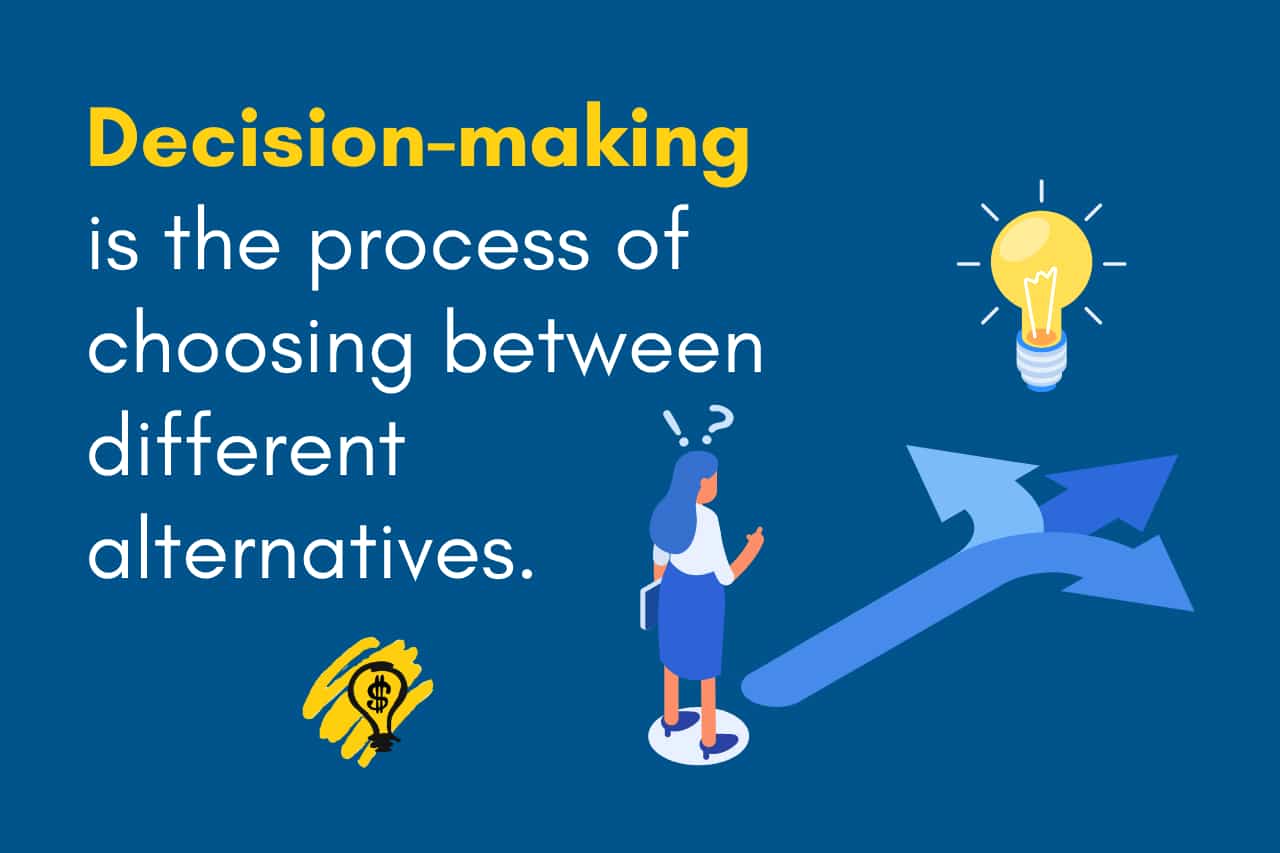
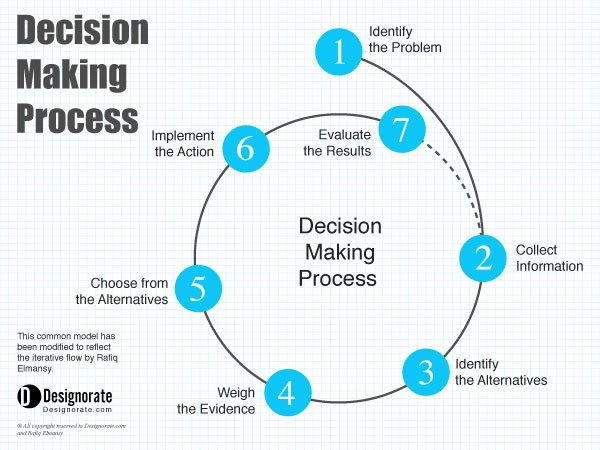


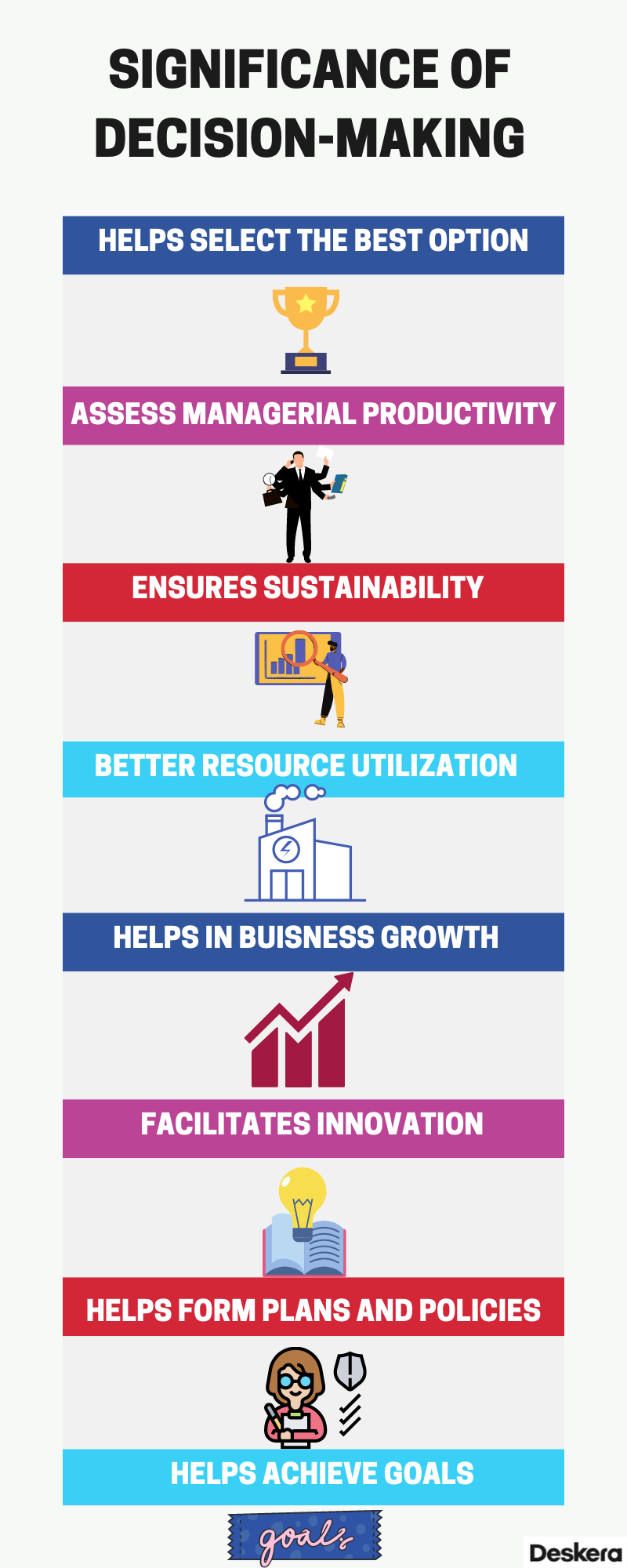
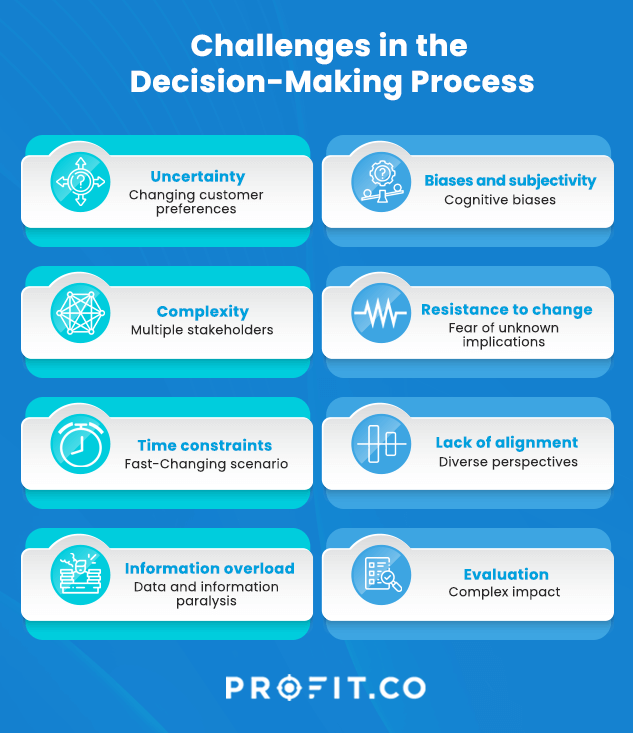
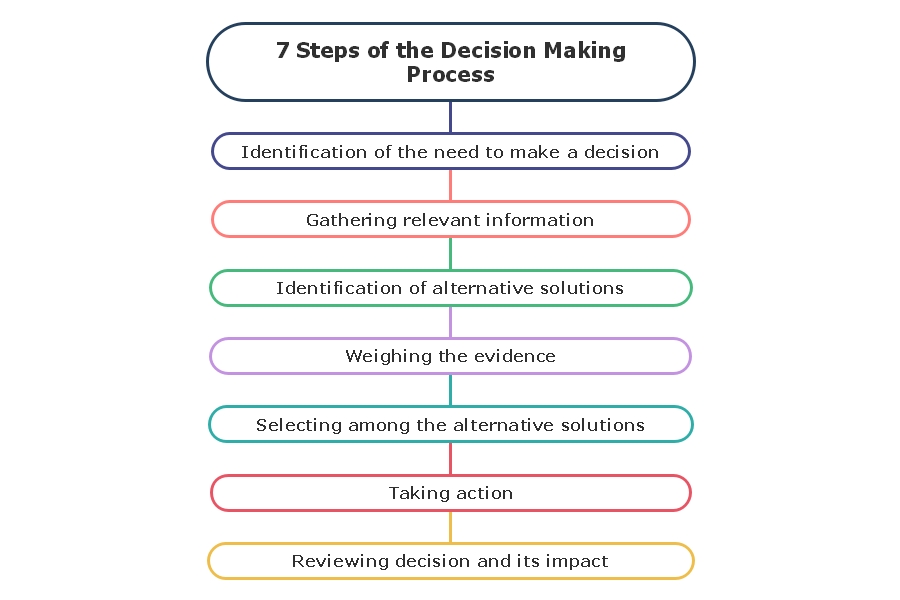
:max_bytes(150000):strip_icc()/decision-making-skills-with-examples-2063748-FINAL-5bad43d946e0fb002688e130.png)




